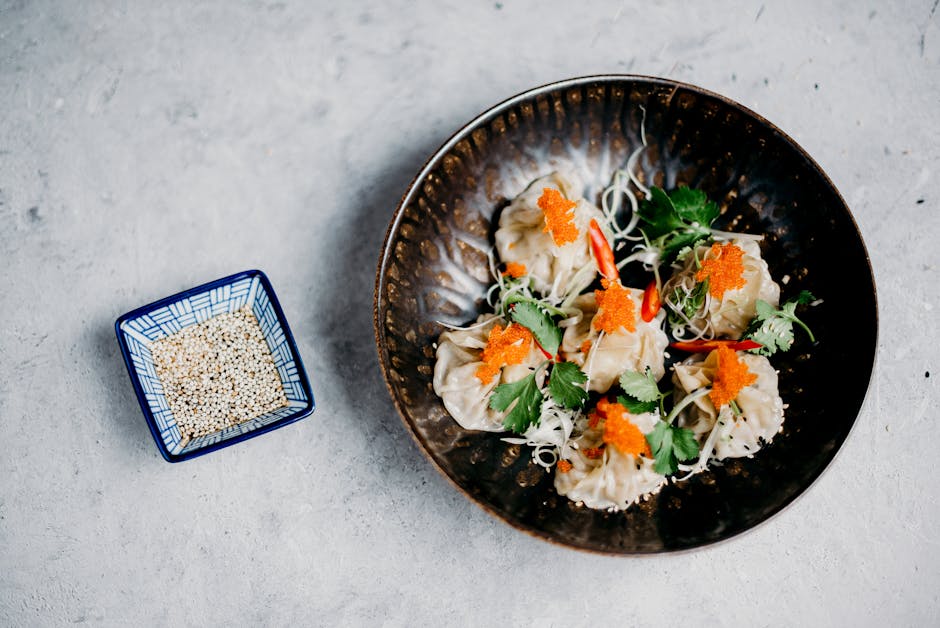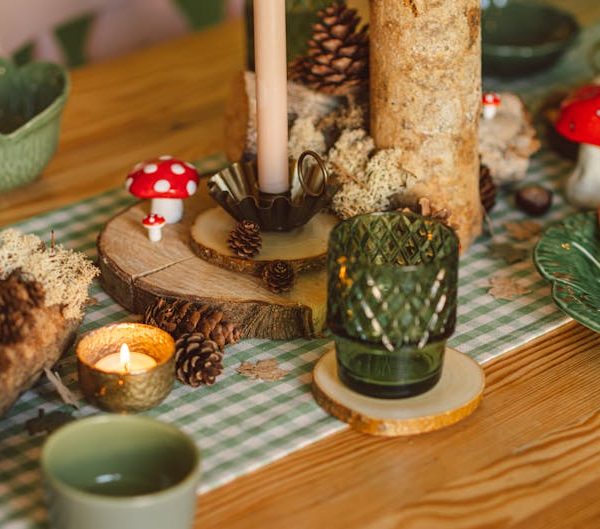Have you ever found yourself with a surplus of fragrant, fresh cilantro but unsure of how to store it for future use? If so, you’re not alone. Cilantro, also known as coriander, is a flavorful herb used in a variety of cuisines worldwide, from bold Mexican salsas to fragrant Thai curries. However, this versatile herb has a short shelf life, which can lead to unnecessary waste if not stored correctly. The main question on every cilantro lover’s mind is – can you freeze cilantro? The unequivocal answer is yes. Let’s explore this further.
Understanding The Nature and Uses of Cilantro
Cilantro, with its distinctive flavor profile and aromatic leaves, lends itself well to a variety of dishes. Its origin traces back to the Mediterranean and Middle Eastern regions. However, it has been incorporated into several culinary traditions, including Asian, Latin, and African cuisines where it truly shines.
When added to food, cilantro imparts a unique taste that is often described as bright, citrusy, and slightly peppery, thus enhancing the overall flavor of dishes. From garnishing freshly made guacamole to tossing in robust Asian salads, from flavoring aromatic Indian chutneys to enhancing hearty soups, cilantro emerges as a true culinary hero.
Pro Tip: When purchasing cilantro, look for vibrant green leaves without any signs of wilting, and store it in the refrigerator to maintain optimum freshness.
Dilemma Surrounding Freezing Cilantro
Cilantro’s short shelf life often leads to a common quandary – how to preserve its freshness and flavor for a prolonged period. One common myth is that herbs like cilantro cannot survive the freezing process. However, this is far from true.
Advantages of freezing cilantro include avoiding waste, convenience of usage, and the preservation of most of its original flavors. On the flip side, freezing can slightly alter the herb’s texture, making it slightly limp. Therefore, while it might not be perfect for garnishing, frozen cilantro is a great ingredient for cooked dishes.
Best Practice:If you’re not planning to freeze cilantro, store it in the fridge in a jar of water with a loose plastic bag over the top. This method could extend its freshness for a week.
Methodology: Freezing Cilantro Correctly for Long Term Use
Freezing cilantro is a straightforward process requiring little more than a freezer-safe bag, but the perks of having ready-to-use cilantro at your disposal make it absolutely worth the effort. It’s crucial to know the right way of freezing cilantro to preserve its distinct flavor and prolong its shelf-life.
Steps:
- Begin by thoroughly washing the fresh cilantro.
- Pat dry to remove any excess water.
- Leave the cilantro on a towel for some time to ensure it is completely dry.
- Choose to either chop it or keep it in sprigs, place it into a freezer bag or airtight container and freeze.
In some cases, chopping cilantro before freezing may lead to more flavor upon thawing, making it more suitable for dishes where cilantro is the star ingredient. Freezing it whole, on the other hand, can be more convenient as it allows you to chop the quantity as and when needed.
Pro Tip: When thawing frozen cilantro, do it at room temperature at a slow pace to retain its flavor.
Alternative Preservation Techniques for Cilantro
While freezing is a practical way of storing cilantro, it’s not your only option. There are a few other traditional preservation techniques that can help retain the herb’s unique flavor.
- Drying is a technique as old as time. For drying cilantro, bundle the stems and hang them upside down in a warm, dry, and dark place. Once completely dry, store in an airtight container.
- Preserving cilantro in oil or vinegar creates a flavourful mix that can be used in recipes. Submerge the cilantro leaves in your chosen vinegar or oil, and store in the fridge. Use within two months.
Checklist for Each Preservation Technique:
Drying Cilantro:
- Kitchen twine
- Dry and warm spot in your kitchen
- Airtight jars for storage
Preserving in Oil or Vinegar:
- Cilantro leaves
- Vinegar or oil
- Glass jar or bottle
Best Practice: For drying, ensure the cilantro is clean and completely dry before hanging. When preserving in oil or vinegar, only submerge the leaves. Discard if any mold is present.
Utilizing Frozen Cilantro in Your Cooking
Now that we’ve sorted out how to preserve cilantro, the next step is masterfully incorporating it into your cooking. Frozen cilantro is perfect for hot dishes like soups, sauces, stir-fries, and stews. These dishes allow the cilantro to thaw directly in the dish, maintaining its vibrant flavor.
A few recipe ideas include cilantro lime chicken, chili with a punch of cilantro, or even your favorite curry. The possibilities of using your frozen cilantro are endless!
Pro Tip: Frozen cilantro might look wilted once defrosted, but don’t worry. Add it in the last stage of your cooking process, it will not only maintain its flavor but also lend a fresh aroma to your dish.
So, can you freeze cilantro? Hopefully, we’ve made it clear that the answer is a definitive yes! Freezing cilantro not only saves you time but also reduces waste and ensures you always have a supply of this flavorful herb on hand. Explore the wealth of flavors that cilantro brings to your dishes, and experiment with its versatility. Happy cooking!
Key Takeaway:
- Cilantro, with its unique flavor, is a versatile herb used across various cuisines, but it has a short shelf life.
- Freezing is an effective way to preserve cilantro’s freshness and flavor for a long time, busting the common myth that herbs can’t be frozen.
- While freezing can slightly alter cilantro’s texture, it is still a great ingredient for cooked dishes.
- Freezing cilantro correctly involves washing, drying, and storing it in an airtight container or freezer bag.
- Other cilantro preservation techniques include drying or preserving in oils or vinegar.
- Despite being slightly limp after thawing, frozen cilantro still retains its flavor and is perfect for hot dishes.
End your worries about wasting leftover cilantro and start freezing them instead for future use. This method not only reduces waste and saves time but also ensures you always have this flavorful herb on hand. Remember, the key is in following the right freezing process and utilizing the herb correctly in your recipes.
FAQs
Q: Can you freeze other herbs the same way as cilantro?
A: Yes, most herbs can be frozen using the same method. However, each herb may have a different texture after thawing, which might impact its use in certain recipes.
Q: Does freezing cilantro cause it to lose its nutritional value?
A: Not significantly. While freezing may cause a slight reduction in some nutrients, the overall nutritional value remains largely intact.
Q: How long can I store frozen cilantro?
A: Frozen cilantro can be stored up to 6 months for the best flavor. Although safe to consume beyond this period, its flavor might start diminishing.
Q: Can you freeze cilantro stems?
A: Absolutely, cilantro stems are packed with flavor and can be frozen and used in soups, stews, and sauces.
Q: How can I refresh wilted cilantro that’s not been frozen?
A: Try submerging wilted cilantro in ice water for a few minutes. The cold water will help revive the herb, making it crisp again.
Feel free to share this article and explore more posts on our website if you found this information helpful.






